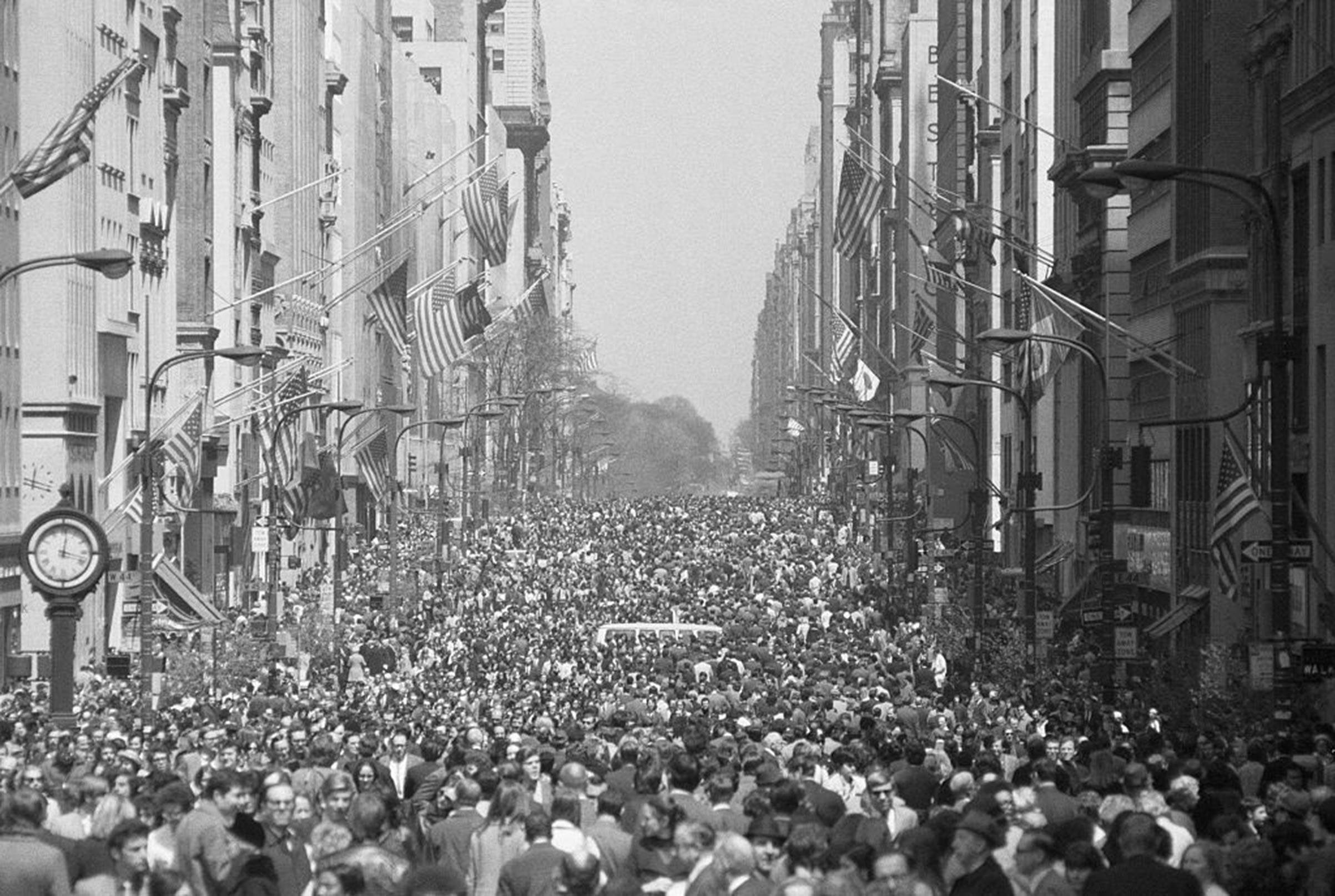The Birth of the Environmental Movement: A Look Back at the First Earth Day Celebrated on April 22, 1970

On April 22, 1970, millions of people across the United States rallied in what was to become the first Earth Day - a day dedicated to environmental awareness and activism. At the time, pollution was rampant, there were no federal regulations for things like clean air or clean water, and very few people were thinking about sustainability or conservation.
The idea for Earth Day was conceived by Senator Gaylord Nelson, a passionate advocate for environmental causes. He was inspired by the anti-Vietnam War protests of the 1960s and the energy and enthusiasm of the young people involved. He felt that if he could harness that same spirit and direct it towards environmental issues, he could make a real difference.
And he did. The first Earth Day was a huge success, with rallies and demonstrations taking place in over 2,000 colleges, universities, and communities across the country. It was the largest civic demonstration in US history, and it helped to spur a wave of legislation and regulation aimed at protecting the environment.
But the success of Earth Day went beyond just passing new laws. It also helped to galvanize a generation of Americans to take environmental issues seriously. Students and activists at the time felt that they could make a difference, and they were right. In the years that followed, the US saw the creation of the Environmental Protection Agency, the passage of the Clean Air Act, and the Clean Water Act, among others.
Of course, there is still much work to be done on environmental issues today. Climate change, pollution, and other problems are still rampant, and it can be easy to feel discouraged. But the legacy of Earth Day lives on, and it serves as a reminder of what can be achieved when people come together to create positive change.
As we celebrate the 51st anniversary of Earth Day this year, it is important to reflect on the history of this important event and the strides we have made since then. It is also a time to recommit ourselves to protecting our planet and ensuring a sustainable future for all. Whether that means reducing our carbon emissions, promoting renewable energy, supporting conservation efforts, or simply being more mindful of our own impact on the environment, there is always something we can do.
So let us all take inspiration from the legacy of Earth Day, and work towards a brighter and more sustainable future for ourselves and future generations to come.